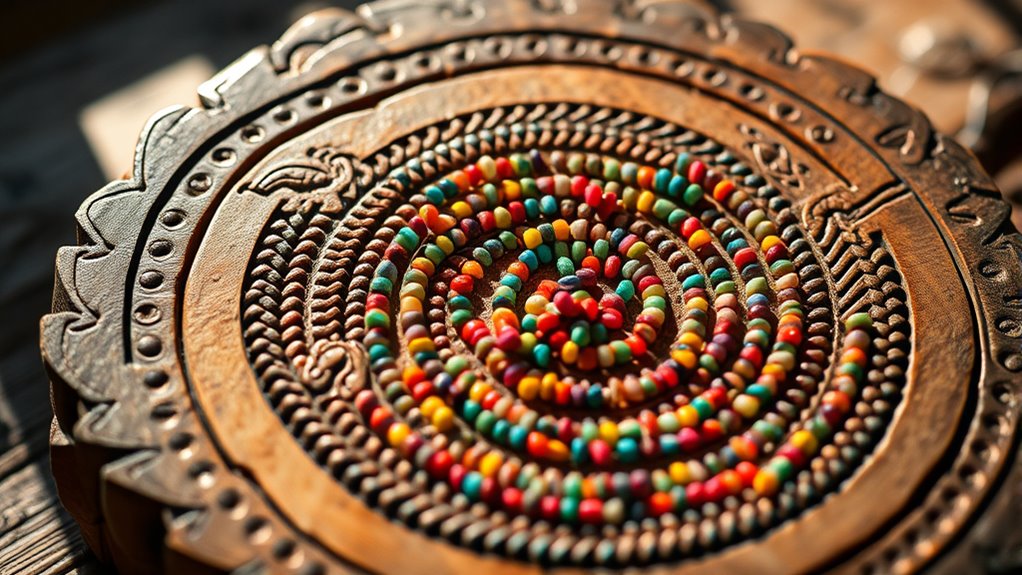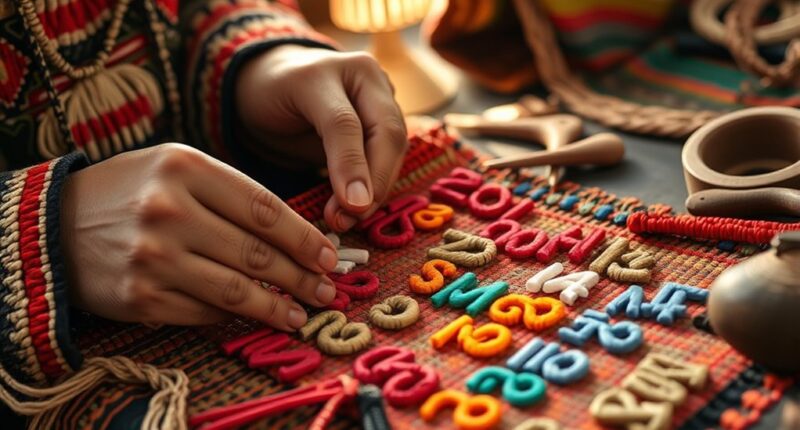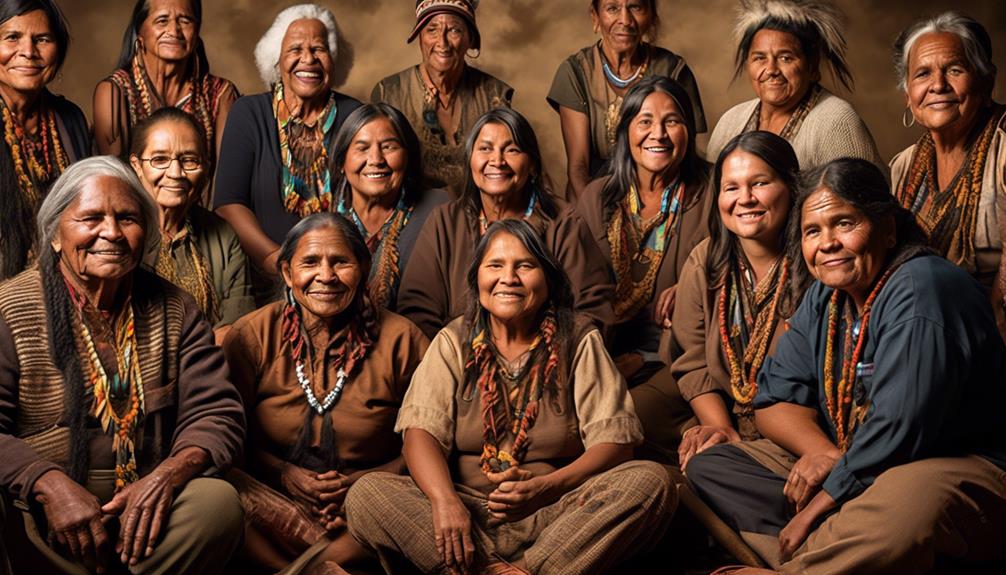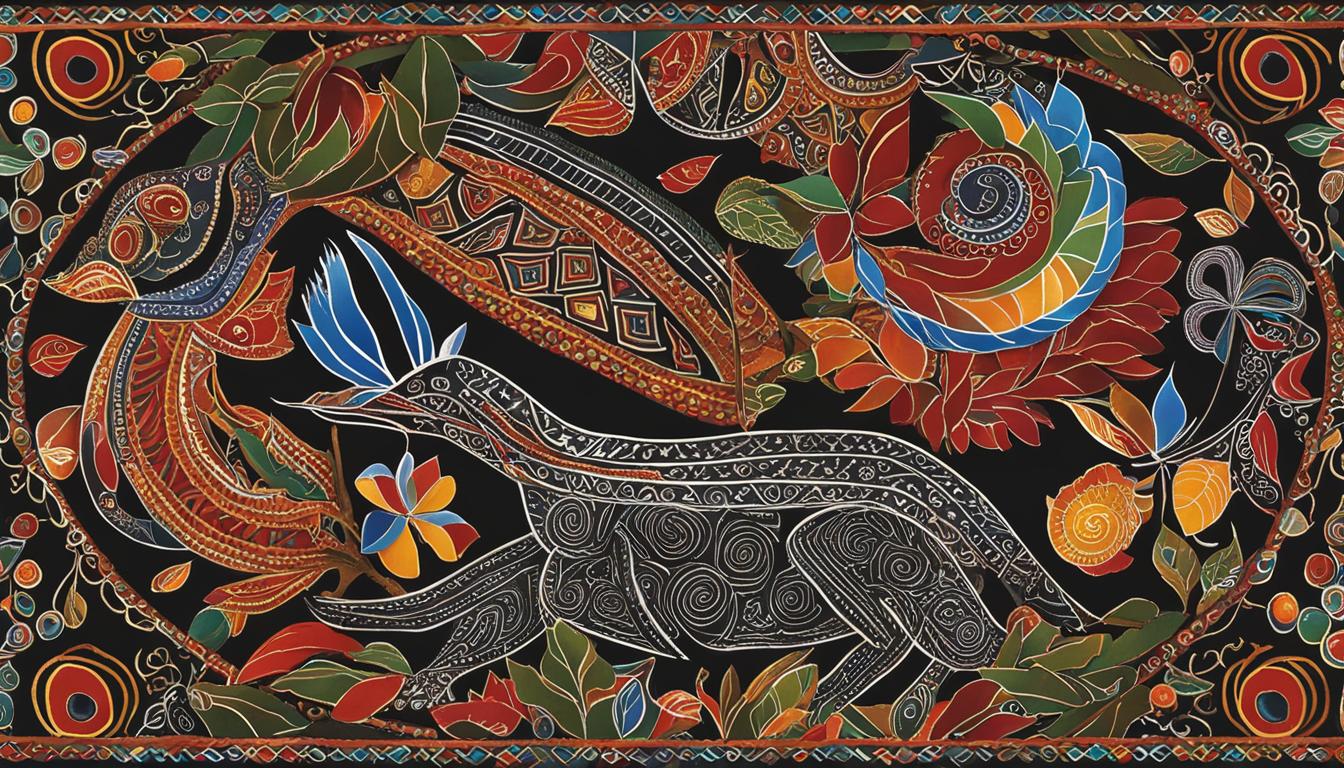Indigenous number systems hide complex mathematics woven into their cultural beliefs, social roles, and natural surroundings. You’ll find that they often use body parts, natural features, or cultural symbols as counting tools, creating sophisticated frameworks beyond simple tallying. These systems encode concepts like kinship, time, and spirituality, reflecting deep understanding of relationships and patterns. If you explore further, you’ll uncover how these ancient methods challenge and expand your ideas about what mathematics truly encompasses.
Key Takeaways
- Indigenous number systems embed cultural beliefs and social structures, revealing mathematical concepts intertwined with tradition.
- They often use relational and positional methods, emphasizing relationships rather than abstract symbols.
- Complex mathematical ideas, such as recursive counting and multipliers, are encoded within simple, culturally meaningful frameworks.
- Numbers in these systems reflect ecological, spiritual, and community knowledge, showing mathematics as a reflection of worldview.
- Indigenous systems demonstrate sophisticated, multifunctional mathematics that challenge Western notions of mathematical complexity.

Indigenous number systems are unique mathematical frameworks developed by various cultures to represent and work with quantities. These systems aren’t just practical tools; they carry deep cultural significance, reflecting the history, beliefs, and social structures of the communities that created them. When you explore these systems, you begin to see how mathematics intertwines with identity, tradition, and worldview. For example, some Indigenous cultures use number systems that are closely tied to their language and storytelling, embedding numerical concepts into their daily lives and cultural practices. These systems often emphasize relational understanding rather than abstract symbols, making them distinct from the decimal or binary systems you might be familiar with. Recognizing their cultural significance helps you appreciate that numbers are more than just symbols—they are woven into the identity and history of these communities.
Mathematical structures within Indigenous number systems are often remarkably sophisticated, even if they look simple on the surface. Unlike the base-10 system you know, many Indigenous cultures employ counting methods based on body parts, natural features, or specific cultural markers. For instance, some systems use a limited set of base numbers with additional terms that function as multipliers or classifiers, creating a flexible and context-sensitive way to express larger quantities. In some cases, these structures are recursive, allowing for the construction of complex numbers from simple elements, demonstrating a deep understanding of mathematical relationships. When you examine these systems, you’ll notice that they often favor relational or positional methods over the place value system used in Western mathematics. This highlights that multiple valid ways exist to organize and understand numbers, rooted in different cultural frameworks. Moreover, these systems often incorporate cultural context directly into their mathematical principles, further enriching their complexity.
Furthermore, these mathematical structures often encode more than just counting; they can encapsulate concepts like time, kinship, or spiritual beliefs. This integration reveals that Indigenous number systems serve multifunctional purposes, supporting social cohesion and cultural transmission. When you explore these systems, you’re not just learning about counting; you’re uncovering a way of thinking about the world. The structures reflect a worldview where numbers are interconnected with ecological knowledge, spirituality, and social relationships. Recognizing their mathematical sophistication broadens your understanding of what constitutes mathematics itself, showing that complex, meaningful systems can develop outside the Western numeric tradition. In essence, Indigenous number systems demonstrate that mathematics is a universal human endeavor, shaped by cultural contexts and enriched by diverse ways of understanding and expressing the world around us.
Frequently Asked Questions
How Are Indigenous Number Systems Used in Daily Life Today?
Today, indigenous number systems play a essential role in your daily life through their cultural significance and practical applications. You might use these systems during community events, traditional crafts, or storytelling, helping preserve cultural identity. They also assist in practical tasks like measuring, trading, or organizing community activities. By engaging with these systems, you deepen your understanding of heritage while applying them in real-life situations, fostering respect and continuity of cultural traditions.
What Are Some Unique Mathematical Concepts Found in Indigenous Systems?
You might think indigenous systems are just counting methods, but they reveal rich mathematical concepts like cultural symbolism and spatial reasoning. These systems often encode cultural beliefs, using specific symbols to represent ideas beyond numbers. They also enhance spatial reasoning, helping communities navigate and organize their environment. By exploring these unique concepts, you see that indigenous mathematics is deeply intertwined with culture, shaping how people perceive and interact with the world around them.
How Do Indigenous Systems Compare to Western Numerical Frameworks?
You’ll notice that indigenous numerical frameworks often differ from Western systems in their cultural significance and symbolism. Unlike Western numbers, which emphasize abstract concepts, indigenous systems embed numerical symbolism tied to cultural stories, spiritual beliefs, and practical life. These frameworks reflect a deep connection to community identity and tradition, making them more than just counting tools—they embody the values and worldview of the people who created them.
Are There Indigenous Number Systems With Non-Decimal Bases?
You’re asking if indigenous number systems use non-decimal bases, and the answer is a resounding yes! Some cultures have astonishingly complex non-decimal systems that shape their cultural numeracy and worldviews. For example, the Mayan vigesimal system, which counts in twenties, or the ancient Babylonian sexagesimal system, based on sixties. These systems reveal just how diverse and ingenious human math can be, far beyond our familiar decimal system.
What Challenges Exist in Studying Indigenous Mathematical Practices?
When studying indigenous mathematical practices, you face challenges like preserving cultural heritage and respecting linguistic diversity. Many practices are deeply tied to specific traditions, making them fragile under modern influences. You must navigate language barriers and guarantee accurate interpretation, which requires cultural sensitivity. Balancing academic inquiry with respect for communities’ identities is vital, so you can effectively document their unique approaches without eroding their cultural significance.
Conclusion
Just like a hidden treasure chest, indigenous number systems hold secrets waiting to be uncovered. By exploring their unique math, you see how cultures express complex ideas with simple tools. These systems aren’t just numbers; they’re stories, traditions, and ways of understanding the world. When you look closely, you realize they’re as intricate and beautiful as a woven tapestry—showing that math is more than numbers; it’s a bridge to cultural identity and history.









